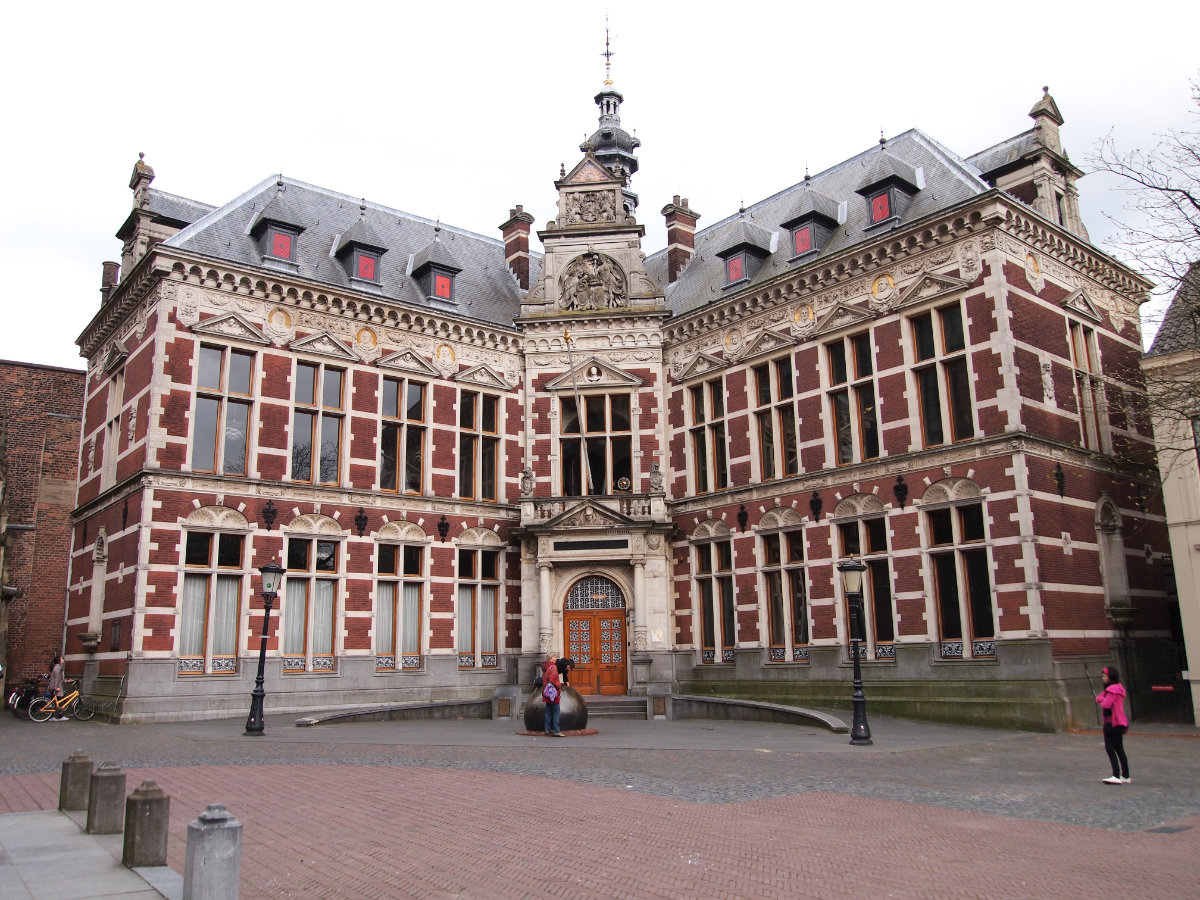PhD-defence by Dina de Oliveira Titan

On March 1, 2019, Dina de Oliveira Titan will defend her PhD thesis The origins of instrumental diminution in Renaissance Venice: Ganassi’s Fontegara at Utrecht University (University Hall, Academiegebouw). Download link.
Among other things, Dina Titan’s work includes a new, critical English translation of Fontegara, at last. It has taken exactly 60 years for a second English translation to be available since Dorothy Swainson’s (1959)—who did not translate from the original Italian text, but from the 1956 German translation by Hildemarie Peter.
Here’s some additional information from the University’s official announcement:
Silvestro Ganassi’s treatise Fontegara (Venice, 1535) has long challenged our understanding of the sixteenth-century tradition of instrumental ornamentation (i.e. diminutions). Isolated by nearly fifty years from later treatises on the subject, the divergent musical style presented in Fontegara still poses great difficulties for performance mostly due to its unparalleled use of proportions and high degree of rhythmical complexity. To date, Fontegara’s complex musical style has been somewhat simplified as mere attempt to write down the agogic freedom of performance inherent to improvisation of embellishments. The present study argues otherwise: Ganassi’s meticulous approach to both textual and musical parameters indicates that the treatise was carefully composed and crafted.
Several viewpoints
The chosen research method approached Fontegara from several viewpoints, including a philological study of Fontegara as an exponent of the emerging Venetian music printing business; a survey of the literary and philosophical corpus of references contained in Ganassi’s oeuvre; and finally, a musicological analysis of its musical style.
Production of the book
Based on the comparison of its eight extant copies, the dissertation offers a new translation and transcription of the text of Fontegara. Furthermore, the surviving copies of Fontegara display a significant quantity of printing errors, allowing for an insight on the printing process and the production of the book. The study of a few archival documents regarding Ganassi’s biography further enhances our understanding of his close involvement in the production of the treatise as means of social ascendancy.
Socio-cultural milieu
The study of his entire oeuvre offers a sketch of Ganassi’s broader socio-cultural milieu, placing him at the very centre of the artistic and musical life in Renaissance Venice. The corpus of reciprocate complimentary references made by Ganassi and other sixteenth-century artists and musicians is here interpreted as means to self-fashioning, forging an image of the instrumentalist that moves away from the mere craftsmanship and towards a more intellectualised view of artistic achievements. Of particular interest are the references that establish a direct comparison between music and other arts as well as the philosophical corpus of references contained in his three treatises, thus engaging in the broader contemporary debate regarding paragone while claiming a new intellectual parameter for instrumental practice.
Renaissance cultural manifestation
The present research gives particular focus to Silvestro Ganassi’s musical style, defining the recurrent and unique traits of the instrumental diminutions in all four sections of Fontegara. Considering its fully divergent musical style, any anachronistic comparisons with later treatises is avoided and the research solely focusses on the interpretation of Ganassi’s style within its contemporary cultural parameters. Most significantly, Silvestro Ganassi’s musical style is re-examined according to the precepts encountered in two antique musical treatises, brought to Venice due to Cardinal Bessarion’s Act of Donation. Emulating these two Greek musical sources, Fontegara is best understood as a truly Renaissance cultural manifestation, that simultaneously propels the instrumentalist into a new social and cultural grounds, perfectly fitting with the renovatio urbis proposed by Doge Andrea Gritti, to whom Fontegara was dedicated.